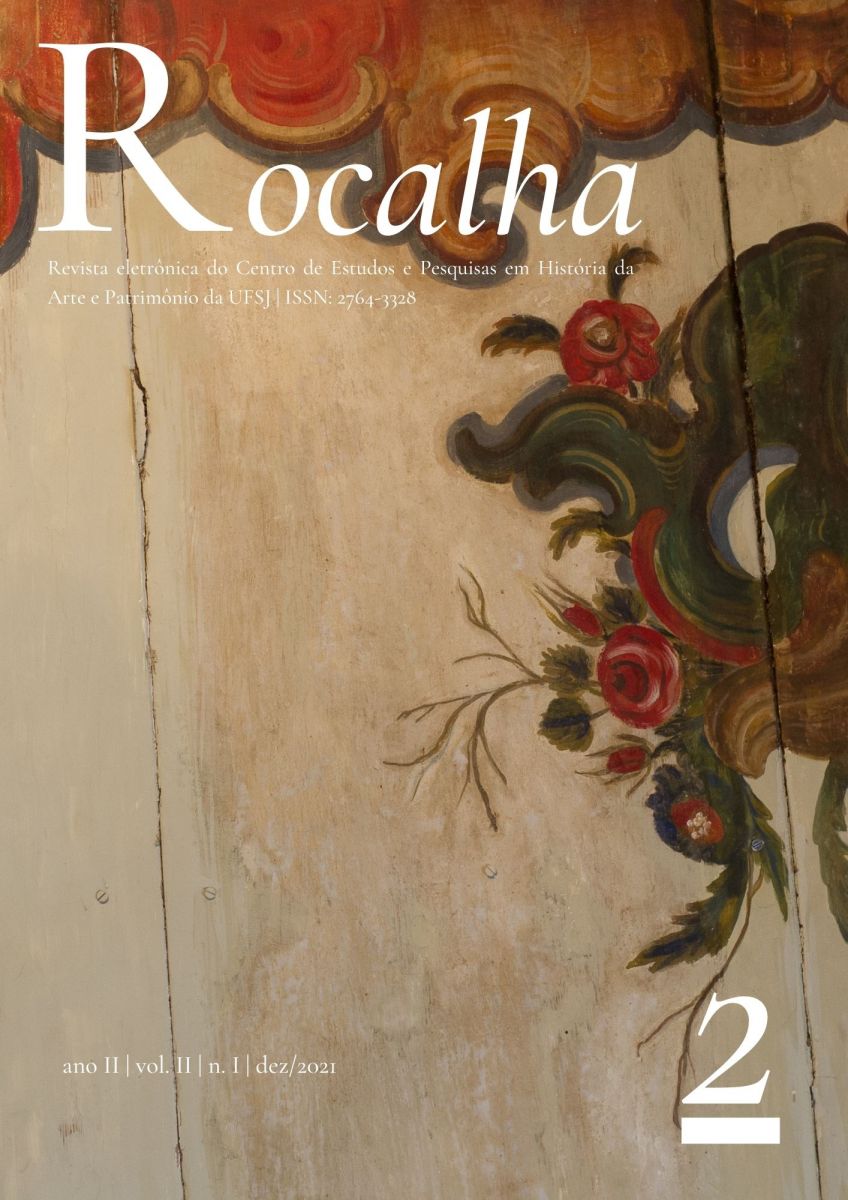Tradições ininterruptas. A continuidade da azulejaria barroca luso-brasileira na obra de Adriana Varejão
Resumo
Resumo: Considerada uma das manifestações artísticas mais intimamente ligadas à cultura lusitana, a azulejaria tem se configurado, no decorrer dos séculos, como um elo incindível entre arquitetura e artes plásticas. Os revestimentos cerâmicos começaram a se afirmar em Portugal a partir do século XV; sucessivamente, devido ao seu notável desempenho técnico-funcional e às suas incalculáveis possibilidades decorativas, eles foram exportados nas colônias ultramarinas. No Brasil, as peças cerâmicas começaram a ser introduzidas nas décadas iniciais do século XVI. O período de mais ampla difusão dos painéis cerâmicos, contudo, corresponde à primeira metade do século XVIII, concomitantemente com a afirmação da linguagem barroca. O presente artigo tem como objetivo a análise das principais características da azulejaria brasileira do período barroco. A investigação será elaborada em duas fases. Em primeiro lugar, construir-se-á uma contextualização histórica do tema, a fim de reforçar a relação de interdependência que intercorre entre a arquitetura luso-brasileira e os painéis cerâmicos. Em seguida, propor-se-á uma investigação historiográfica retrospectiva, analisando uma obra contemporânea exposta no Instituto Inhotim: Celacanto provoca maremoto (2008) da artista carioca Adriana Varejão. Através de um exame minucioso dos diversos aspectos constitutivos da obra – materiais, cromáticos, compositivos, espaciais – tentar-se-á traçar, da maneira mais completa possível, uma panorâmica dos principais atributos da essência barroca, numa demonstração de como em alguns casos, através dos ensinamentos do presente, é possível conhecer o passado.
Palavras-chave: Azulejaria, Barroco, Celacanto, Adriana Varejão, Inhotim
Unbroken traditions. The continuity of Luso-Brazilian baroque tiles in Adriana Varejão’s work.
Abstract. Considered one of the artistic manifestations most closely linked to Portuguese culture, tiles have become, over the centuries, an indispensable link between architecture and plastic arts. Ceramic tiles began to be used in Portugal from the 15th century onwards; successively, due to their remarkable technical-functional performance and their incalculable decorative possibilities, they were exported to overseas colonies. In Brazil, ceramic pieces began to be introduced in the initial decades of the 16th century. The period of widest diffusion of ceramic panels, however, corresponds to the first half of the 18th century, concomitantly with the affirmation of the Baroque language. This article aims to analyze the main characteristics of Brazilian tiles from the Baroque period. The investigation will be carried out in two phases. First, will be built a historical contextualization of the theme, in order to reinforce the interdependent relationship between Portuguese-Brazilian architecture and ceramic panels. Then, will be proposed a retrospective historiographical investigation, analyzing a contemporary work exhibited at the Inhotim Institute: Celacanto provoca maremoto (2008) by the Rio de Janeiro artist Adriana Varejão. Through a thorough examination of the various constituent aspects of the work - materials, chromatic, compositional, spatial - an attempt will be made to outline, as completely as possible, an overview of the main attributes of the Baroque essence, in a demonstration of how, in many cases, through the teachings of the present, the past can be known.
Key-Words: Tiling; Baroque; Celacanto; Adriana Varejão; Inhotim.




